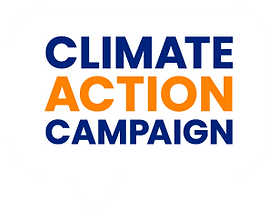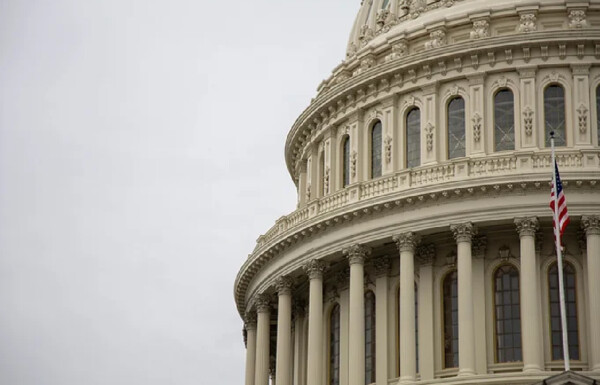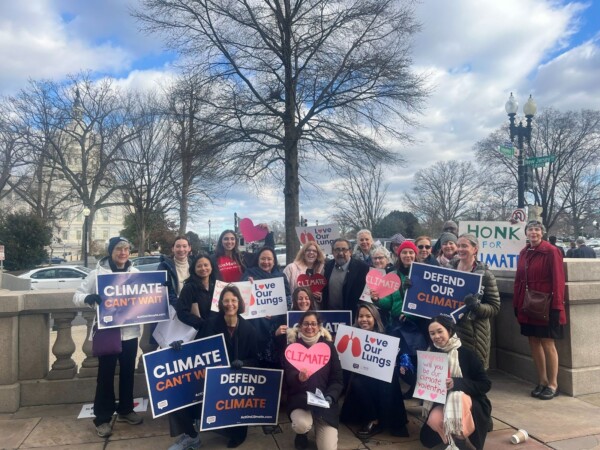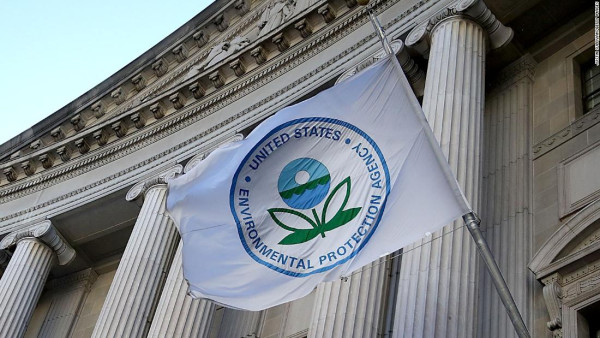Op-ed by Curtis, WA Organic Valley Dairy Farmer Maynard Mallonee
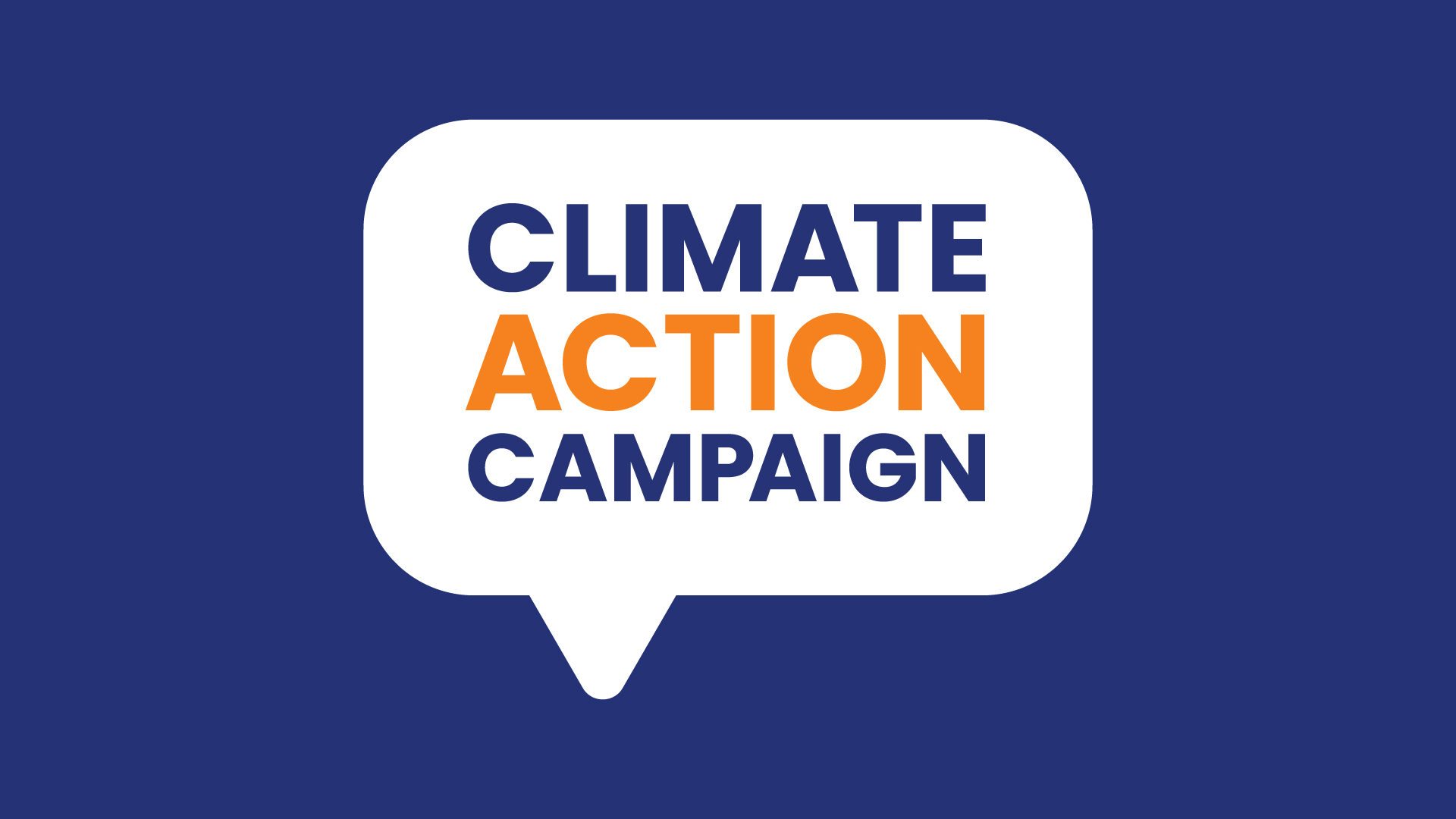
Guest commentary: Climate smart agriculture is the future, says Lewis County farmer
By Maynard Mallonee
I am an Organic Valley dairy farmer. My grandfather purchased the land we still farm in 1949, and I have a 23-year-old son, Jack, who is in the process of taking over management. He will be the fourth generation of organic dairy farmers on this farm, where we manage 225 acres and milk about 60 cows.
Our cows graze perennial pastures that, in some places, are made up of more than 35 native species. We have found Washington’s summers are getting drier and hotter, so we’ve started planting and grazing summer annuals, like sorghum sudangrass, grazing turnips and anything I can get my hands on to try.
I’ve always loved being around cows, being outside working all the time with the earth. We call it “being grounded with the soil.” I am proud to say our pastures support at least 70% of our cows’ dry organic matter intake for 200-plus days out of the year when U.S. Department of Agriculture organic certification only requires 30%. To be successful, we are intentional with our grazing and want to see as much biodiverse life in the soil and in our pastures as possible.
Our cows become a tool for fostering life, and we’ve been fortunate to have another tool: support from state and federal programs that provide technical assistance and funding to help us be good land stewards.
In the early 2000s, we reached out to the Natural Resources Conservation Service (NRCS) for help putting together a grazing plan after learning our farm was home to some of the 1% of habitat left for Kincaid’s lupine, a native plant that hosts the endangered Fender’s blue butterfly. The U.S. Fish and Wildlife Service (USFWS) would be placing the lupine on the federally threatened list soon, and we needed to prove we were protecting the plant.
NRCS was able to offer us Environmental Quality Incentives Program (EQIP) funding to put in additional water lines and fences so we could keep cattle out of areas with Kincaid’s lupine when the butterflies need it most, from April to September. Recently, we joined USFWS’s Partner for Fish and Wildlife program, which will help us put in even more cross-fencing and water features so we can ramp up our rotational grazing.
In nearly 14 years, I am happy to report we’ve been able to increase the population of Kincaid’s lupine on our farm by 33%.
Currently, we are in the process of putting in a solid-liquid separator at the dairy as part of our manure management system. Our cows spend most of their time on pasture, but they come indoors to be milked on average two-and-a-half times per day in the summer and three times per day in the winter. When a cow is ready to be milked, she walks up to an automatic milking machine, which sanitizes her udders and collects data about her milk production and health during the milking process.
Right now, manure from inside the barn is collected in a lagoon. With the solid-liquid separator, we will still have a lagoon but, as the name suggests, the separator will separate solids from liquids. The solids are what typically create greenhouse gasses. Separating them out will save 70 TO 75 metric tons of CO2 equivalent from entering the atmosphere, and we will be able to compost those solids and place them more strategically onto our ground as a slower-releasing, natural fertilizer.
This project is great, but it costs $120,000. Fortunately, I was able to apply for and receive a grant from the Washington Conservation Commission’s Sustainable Farms and Field Grant, which provided $75,000 toward the project with me contributing $25,000. Organic Valley received a grant from the U.S. Department of Agriculture’s Partnership for Climate-Smart Commodities Program, which I also applied for and received a one-time payment of $500 per metric ton of CO2 equivalent saved using the new technology, or about $35,000.
Climate-smart programs put farmers at an advantage of being able to help themselves, their farms and the environment all in one package. Most farmers, including myself, can’t afford the giant numbers that it costs to do these projects nowadays, which is why it’s so important that they have access to funds to help them better manage their farms’ soil, water and air quality.
Through the Inflation Reduction Act, roughly $19.5 billion was allocated to the U.S. Department of Agriculture climate smart agriculture and conservation programs. In Congress, the House and Senate Agriculture Committees are in the process of considering the Farm Bill – important legislation that outlines farming policies and funding for the next several years. Some opponents are seeking to use the bill to re-allocate this important funding.
It would be a grave mistake. Farmers need this funding to survive, thrive and meet the agricultural needs of all Americans.
